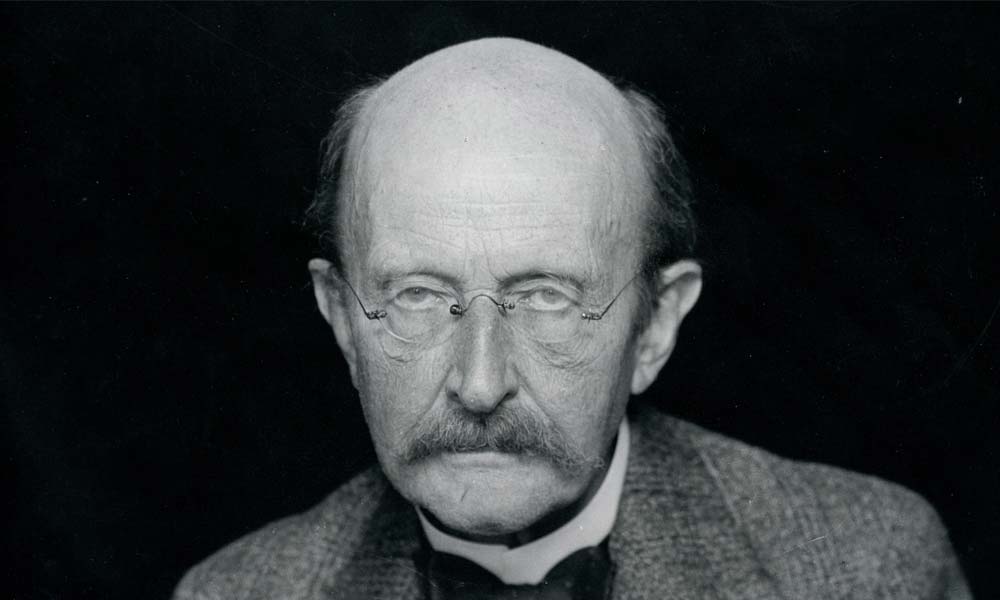After realizing that matter in nature consists of atoms, scientists and researchers have been fascinated by the fundamental theory of quantum mechanics.
The field unfolds physics in describing how the world works using the smallest scales of energy-level atoms and subatomic particles. To understand how this quantum world works, experts must first simulate the 'invisible' environment so they can solve equations.
To do that, they rely on supercomputers.
However, the attempt to simulate this world comes with a cost: as the quantum system gets more complex, the computing demand grows exponentially.
The Moore’s Law predicts that the processing power of computers doubles every couple of years, and this is a far cry from the power power needed to tackle the challenges of quantum physics.
To meet this requirement, physicists have developed a computational method that uses neural networks to simulate the open quantum systems with unprecedented versatility.

The main reason for this, is because predicting the properties of a quantum system is enormously complex. As a result, computational power needed to process such information grows exponentially with the size of the quantum system.
This is an "intrinsically complex" task, explained Professor Vincenzo Savona, who directs the Laboratory of Theoretical Physics of Nanosystems at EPFL.
"Things become even more complicated when the quantum system is open, meaning that it is subject to the disturbances of its surrounding environment."
And as most modern experimental platforms for quantum science and technology are open systems, physicists are constantly in search of novel ways to simulate and benchmark them. And here, they have come to a conclusion that AI can help.
The computational method that simulates quantum systems with neural networks, was developed by Savona and his PhD student Alexandra Nagy at EPFL, and independently by scientists at Université Paris Diderot, the Heriot-Watt University in Edinburgh, and the Flatiron Institute in New York.
The total body of work is being published across three papers in Physical Review Letters.
"We basically combined advances in neural networks and machine-learning with quantum Monte Carlo tools,' continued Savona, referring to the computational methods that physicists use to study complex quantum systems.
To make this happen, the scientists trained the AI to represent simultaneously the many quantum states in which a quantum system can be created by the influence of its environment.
The neural-network approach allowed the physicists to predict the properties of quantum systems of considerable size and arbitrary geometry.
"This is a novel computational approach that addresses the problem of open quantum systems with versatility and a lot of potential for scaling up," said Savona.
Humans realize that even on the scale of everyday life, the world is governed by the laws on quantum physics. These laws explain the behavior of light, sound, heat, movement and others. But when applied to a large number of interacting particles, the resources needed are just too much.
Using AI, the scientists can simulate the quantum environment into a further step, but without requiring a significant advance in existing computer power.
The method is set to become a tool of choice for the study of complex quantum systems.